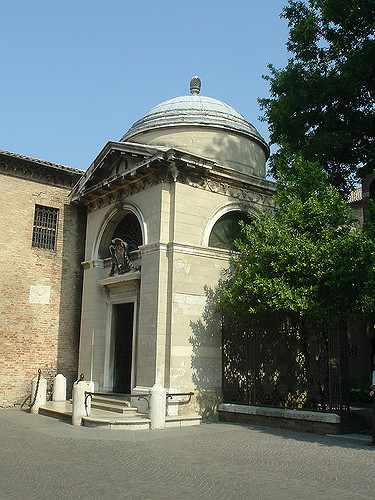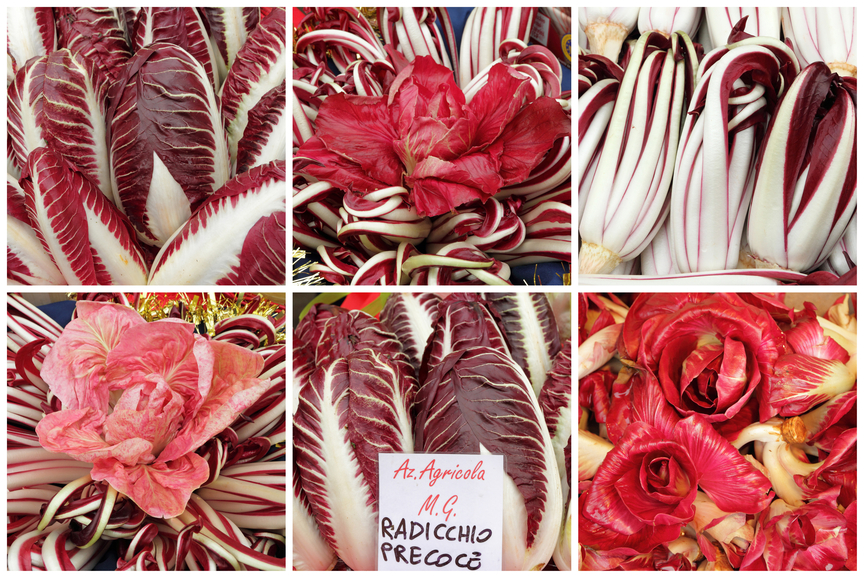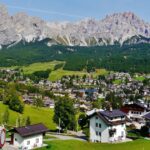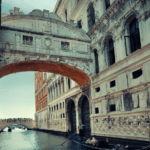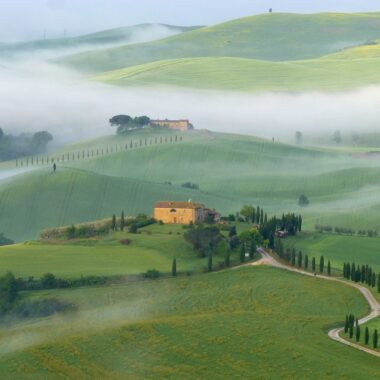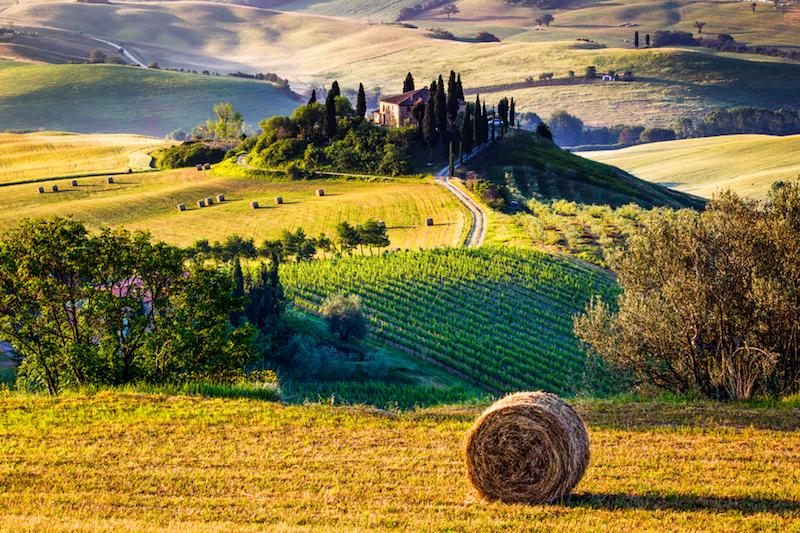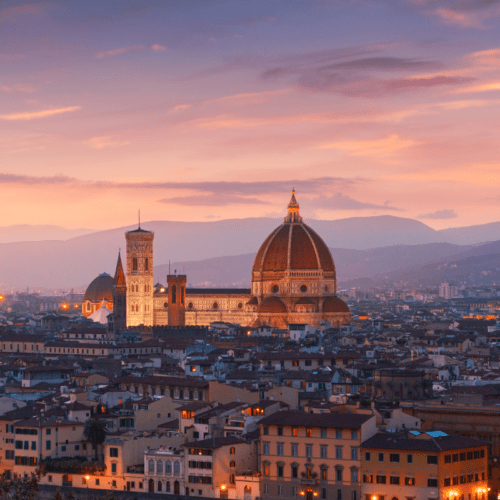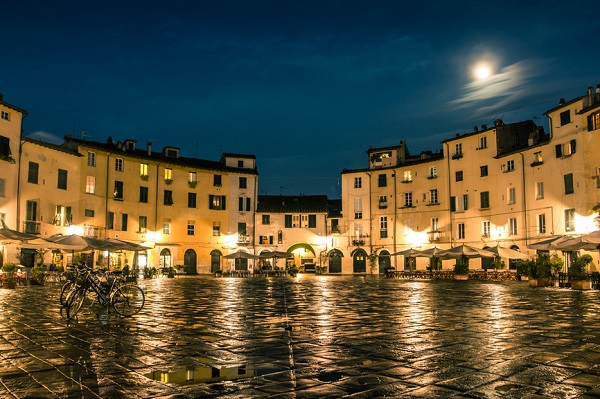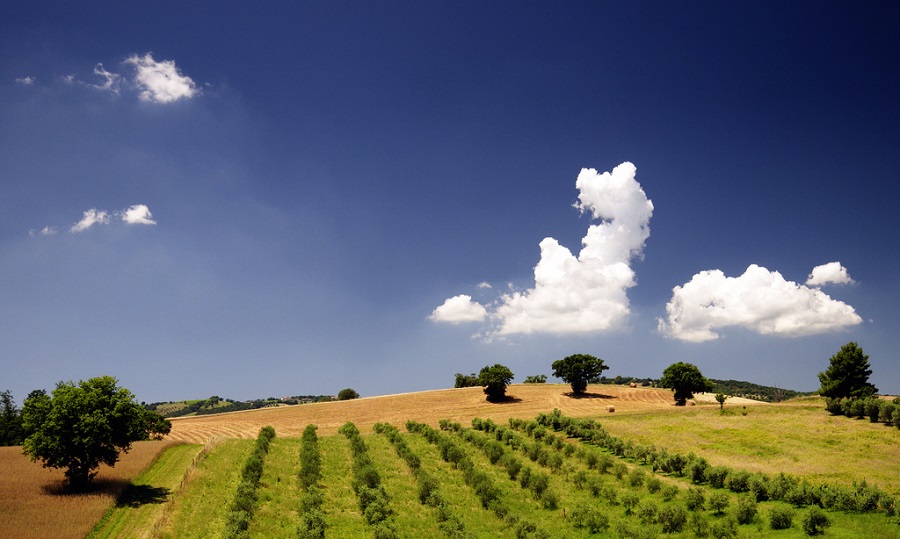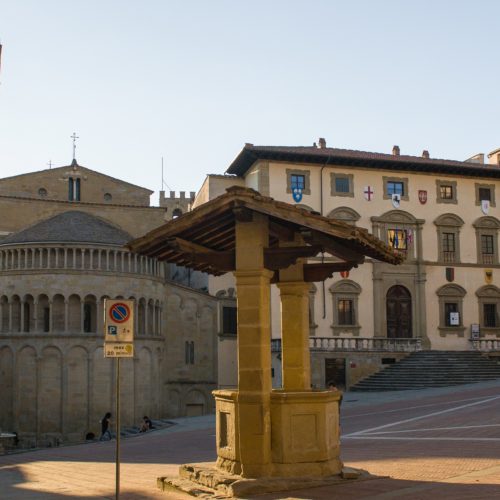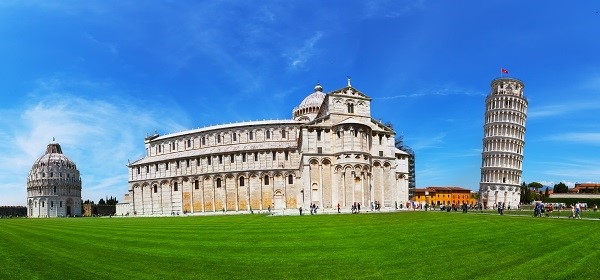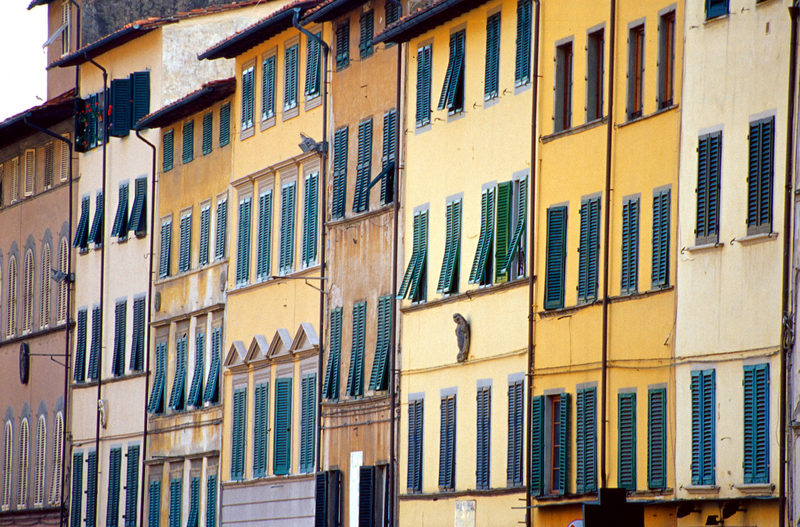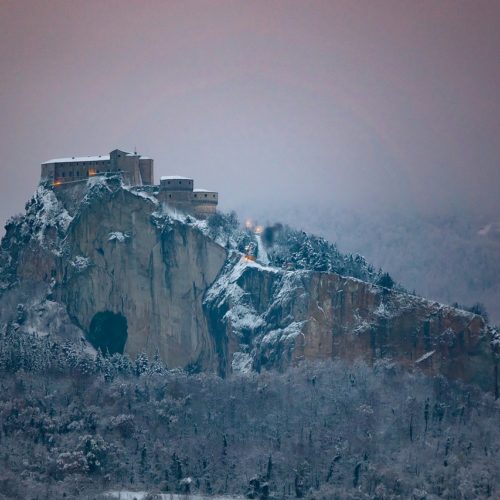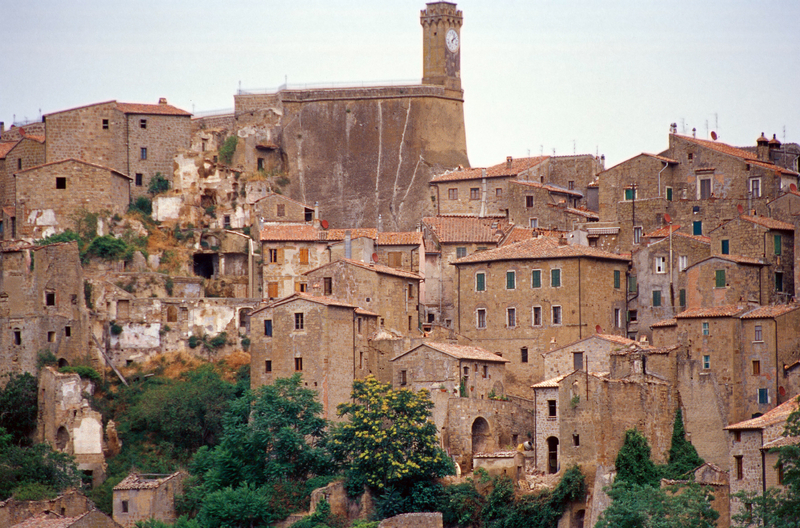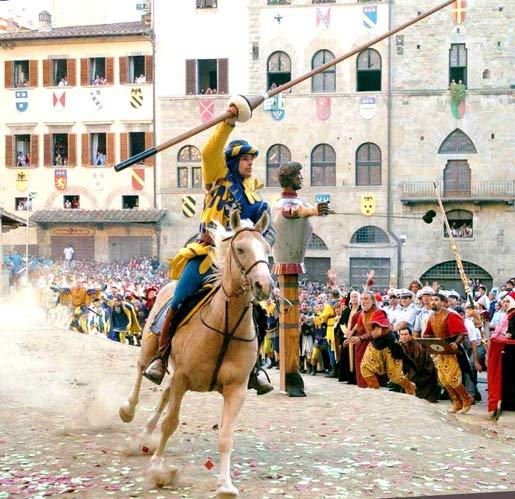Forte Dei Marmi and the Tourism of the Rich and the Famous
Forte dei Marmi is a well known holiday location of the Versilian riviera, in the Lucca province of Tuscany. The beauty of the Ligurian sea, the shining sun and the town’s own artistic and cultural wealth has made Forte dei Marmi a touristic pole for decades. Forte dei Marmi is a town rich in history and tradition, its golden period starting as early as the 16th century, when large areas around the civic nucleum were reclaimed to bogs. In 1788, the military fort from which the town takes its name was completed and, starting from the early years of the 19th century, Forte dei Marmi began to be known as a tourist destination. Famous are, of course, its beautiful beaches and its historical centre, but also its fairs and traditional celebrations, as well as its renowned vintage markets.
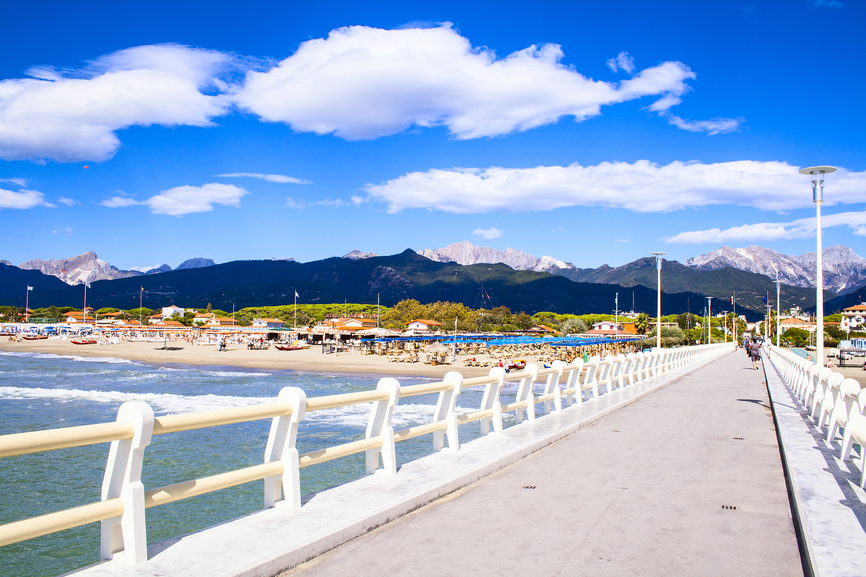
Forte dei Marmi has been a popular holiday destination since the early 19th century. To we Italians, the town is very much associated with the 1960s and our lifestyle back then: those were years of relative serenity and growing financial wealth for the country, made of carefree love songs, A-line miniskirts and lambrette. Those were years where Italians began, for the first time since the end of the Second World War, to be able to afford summer holidays, which they would more often than not spend on the beach. No wonder, then, that beachside summer holidays are so strongly associated, in the Italian collective consciousness, to those years. Forte dei Marmi is, along with Portofino and Rimini, a town that is profoundly tied to those years and the young Italy of that decade. Check out what people say about La Capannina in Forte dei Marmi during the ’60s and you will have a fairly good idea of how popular the place was then. And just like Portofino, this Versilian town was simply adored by the Italian haute bourgeoisie, a fact that helped maintaining an aura of sofistication and old school flair around it.

Today, Forte dei Marmi is still very much a tourist hub, a trend-setting and VIP-attracting location for the summer holidays of many. It is no longer, however, the realm of families and of the famous members of the glitzy, artsy jet set of Italy. Today, Forte dei Marmi is the go-to place for up and coming Russian millionaires and their relatives: their presence certainly kept alive the tourist industry, actually, it made it flourish in spite of the global crisis, yet, people have contrasting opinions about it.
Certainly, their presence has secured a steady revenue to both commercial and hospitality outlets in the area, which consequently provided relatively steady jobs to the locals. The Russians’ will to settle in Versilia for their summer holidays has also kept the property market alive, with many a palatial mansion passing from Italian to Russian hands in the past five to ten years.
At the same time, the people of Forte dei Marmi, if grateful for the presence of Russian money, seem to regret the understated manners and wealth of the Italians, because apparently this is the main critique brought to the Russians: they have no manners. But are they really so much worse than today’s rich and beautiful from, let’s say, the US or Italy?
The Russians of Forte dei Marmi: the pros of Mother Russia’s millionaire tourism
Russian tourism at Forte dei Marmi is a pretty recent affair: it is since the mid-noughties that the rich and famous of Russia began to show interest in Versilia. Up to then, it was the magnificent Côte d’Azur and the deep-blue seas of Sardinia to attract the majority of them. They are rich, some of them, incredibly so: Oleg Deripaska, a magnate of the world aviation sector, Roman Abramovic, the 15th richest man on earth and the Eltsin family are only few among them. From the tsars of world economy, to smaller –but oh-so-rich– business men, from politicians to borderline high-end criminals, all have chosen, at some stage, Forte dei Marmi. They have rented the villas that once belonged to the Italian nobility, today left without heirs, some of them even bought them for millions of dollars. They have bought restaurants and clubs, to cite a 2008 Espresso article, “as if it were a sport, just because they can.” It is a true invasion, which brought an enormous amount of money to the town.
These are people who enjoy spending, and spending a lot: 5,000 USD for a couple of bottles of wine, 1,000 as a tip to a good waiter. They are ready to pay up to 180, 000 euro a month for one of Forte dei Marmi’ s villas, an amount that nobody in Italy, beside those who already own those very villas, can afford to spend. These are people who adore designer goods, to whom the brand is a status symbol just as it was for yuppies in the 1980s: the bigger the logo, the more expensive the object, the absolute better.
Easy to see how their presence has improved the economy of the area, especially when it comes to commerce and real estate. In a recent article, The Huffington Post has discussed the advantages of Russian tourism on the Versilian riviera (or Russian riviera, as the author of the article smartly calls it). In it, the situation is well described through first hand interviews with local businessmen: today, Russians represent the most numerous and remunerative group among all tourists in the area: they pump into the local economy millions every year, through their penchant for extravagant needs –gazebos rented for up to 350 USD per day, with the only aim of, well, creating shade…– and purchases – shoes for 2000 USD a pair. Their love for designer shopping also involves daily helicopter trips to Monte Carlo, another Russian hub in Western Europe, which bring into local private helicopter rentals up to 6000 USD per return trip. Russians are generous to those who work for them: they are known to tip extremely well, 700 USD in tips to the hairdresser or the gardener, over 1500 for a nice, well behaved and efficient waiter, as said above.
Some of the Russians rich and beautiful who holiday at Forte dei Marmi also helped to rise even more the cultural profile of the town: film maker Andrej Končalovskij, who won the Silver Lion at the Mostra del Cinema di Venezia in 2014 was one of the first to choose Forte dei Marmi to spend his time off. The ex governor or Moscow and general of the Russian army, Boris Gromov, is also among those who happily settled in Versilia. As Paolo Corchia, the president of the Federalberghi Forte dei Marmi as well as Federalberghi Toscana and owner of one of the most prestigious and elegant hotels in Forte dei Marmi, has pointed out, Russians have become indispensable to local economy, because they do have a type of financial disponibility that not many others have at the moment. This can be said also when it comes to investments which could potentially bring even more money to the town: ” (when buying property and businesses) Russians – Corchia continues– offer amounts of money that an Italian businessman… well… even if he wanted to buy for real, he should think it twice before spending that much”.
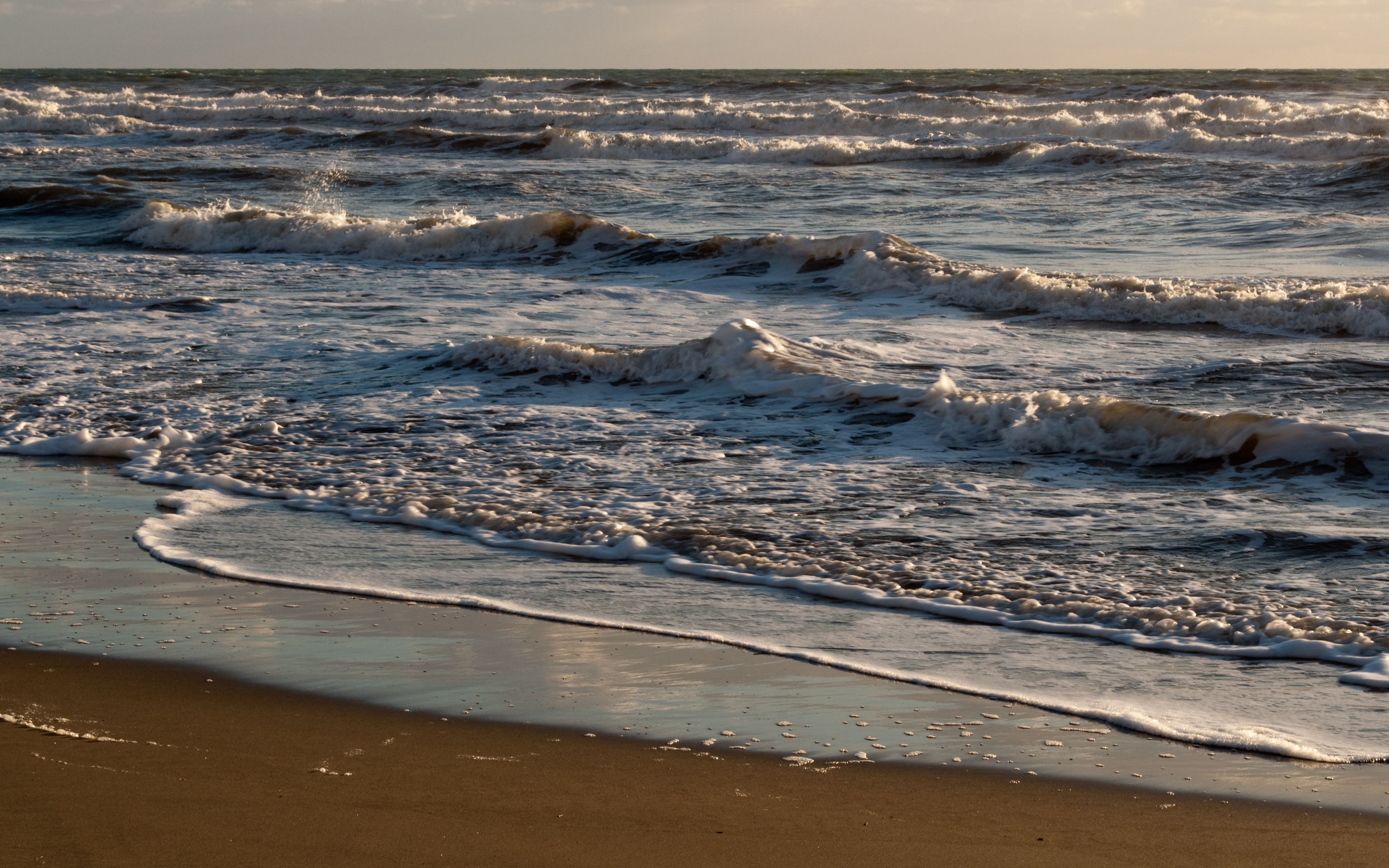
So, yes, Mother Russia’s millionaire tourism is, indeed, fundamental to the financial and economical well being of Forte dei Marmi, to the point that the local commerce chamber has witnessed with fear and worry the implementations of financial sanctions against Russia in the past months, as a result of the country’s invasion of the Ukraine.
The Negative sides of the Russian presence in Forte dei Marmi
The commercial of controversy: five star hotel Byron in Forte dei Marmi has produced a highly criticized spot to “teach” Russians how to behave.
However, not all that glitters is gold: Russian money also brought issues and miscontent. Issues related to the legality of their trading interactions and real estate purchases, miscontent among the locals, who feel very strongly the cultural differences between themselves and the Russians.
As mentioned above, Russians have been pumping big money into Forte dei Marmi’ s economy for the past 15 years, but problems have been arising with local revenue police as very little of the transactions, especially when it comes to real estate and the purchase of businesses, seem to have taken place legally: more often than not, the Italian revenue police has found out, payments are not declared fully, which translates in a lesser amount of taxes to be paid to the State. Moreover, many local, traditional businesses have decided to close, tempted by enormous amounts of money offered by high end designer franchises, in desperate need to open shop in Forte dei Marmi and cater to the growing – and spending– Russian population: if this has brought cash (the Russians are known to leave shops often after spending 200,000 USD in one go), it also dehumanized the area, which has been turning into an enormous shopping mall for the wealthy to the eyes of many. High-end stores, however, are not accessible to all and, if their increased presence has made rich Russians happy, it has alienated both locals and regular tourists, who have been deserting the town.
Money has been flowing in, but a lot has been leaving Forte dei Marmi: traditional areas, restaurants and historic beaches have been bought off by the Russians, who have turned them into places for millionaires, virtually excluding a huge chunk of the locals from their businesses. Prices have increased so much in town that many fortemarmini have left it to move in cheaper areas of Versilia. It is, in fact, the locals that seem to have most issues with their wealthy neighbors coming from the East: well used to the Italian nobility of always, the people of Forte dei Marmi did not take well the grittiness and apparent lack of manners of the Russians, to the point that an exclusive 5 start hotel, the Byron, has produced a short, where basic polite behavior is taught to the Russians. Needless to say, the video has caused plenty of criticism, as it has been tatched of racism and vulgarity.
So where is the truth?
Russian presence in the Forte dei Marmi area has certainly caused issues of a social nature, as plenty of locals have, basically, become unable to afford to live in their own town and have moved out of it, seeking a more reasonable lifestyle in the interlands. It has also caused a noticeable change in the type of tourism the town attracts: from old fashioned Italian nobility and families, to the Russian new wealth.
It is however cultural differences that seem to have caused the majority of issues, with the Russians being accused to be rude, vulgar and showing their money off too much. To a certain extent, this is true: the Russians are all these things, and maybe they have not tried too hard to embrace western lifestyle and understated wealth. It is true their behavior can be too “in your face” for the majority of we Italians, and that we tend to frown upon wealth ostententation, but is it only the Russians who do it?
The answer is no.
If all that has been said about the negative social effects of Russian presence in Versilia may be rightly confirmed, the cultural problem, the issue of cohabitation, does not seem to relate to people’s nationality, but rather to a sadly widespread trend among a certain type of people with money, to whom ostentation of wealth is a primary need to assert their own personal position: unfortunate as this is, it is not only to the Russians rich we must look at, but also to those people, from Italy and everywhere in the world, who reached high social status through money quickly and, often, without much effort. One can think of reality TV stars, footballers or the sons and daughters of magnates and nobility, to whom cash is the only and sole synomym of being. As banal as this sounds, this is the result of social attitudes and cultural paradigms that made it possible, attitudes and paradigms common to the entire world. Easier it is, however, to blame the decadence of social habits to those who “do not belong,” rather than looking closer to home and accepting we have changed, all, for the worse.
By Francesca Bezzone

